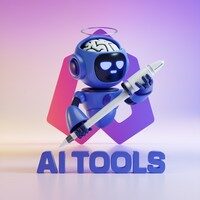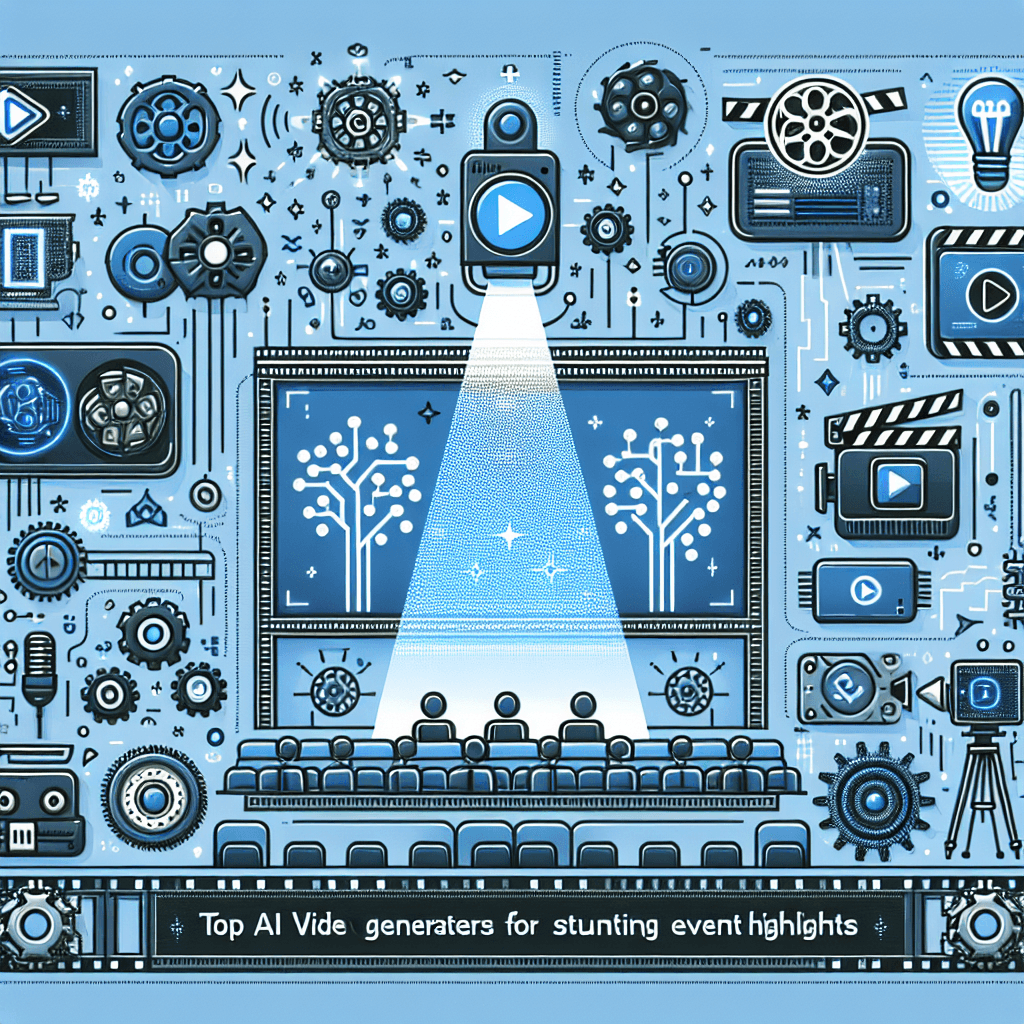In today’s competitive market, employee training has evolved from traditional methods to innovative approaches powered by technology. As companies seek efficient ways to keep their workforce skilled, AI tools have emerged as game changers. This article delves into some of the top AI tools that make employee training more effective, engaging, and accessible.
The Rise of AI in Employee Training
The landscape of employee training is changing dramatically. As firms embrace technological advancements, artificial intelligence is playing a pivotal role in enhancing training programs. With data-driven insights, AI-powered tools can analyze learning patterns, tailor experiences, and provide real-time feedback—all of which contribute to streamlined training processes.
Personalized Learning Experiences
One of the significant advantages of AI in training is the ability to offer personalized learning experiences. Tools like Coursera for Business utilize AI to recommend courses based on employees’ skill gaps and career aspirations. This personalization fosters a more engaging learning environment, catering to individual needs rather than employing a one-size-fits-all approach.
Intelligent Data Analytics
Understanding training effectiveness is crucial for companies aiming to maximize ROI. AI tools such as EdApp leverage intelligent data analytics to assess employee performance and learning outcomes. By analyzing learners’ progress and engagement, companies can fine-tune their training programs and address skill deficiencies promptly.
Enhanced Engagement through Gamification
Gamification is now at the forefront of employee training, thanks to AI. Platforms like Udemy for Business incorporate game mechanics into training modules, increasing motivation and engagement. Through leaderboards, quizzes, and badges, employees can enjoy a more interactive learning experience, driving better knowledge retention and practical application.
Virtual and Augmented Reality Training
The integration of Virtual Reality (VR) and Augmented Reality (AR) in training programs has revolutionized on-the-job learning. Tools like Strivr provide immersive training environments for employees, allowing them to practice real-life scenarios without the real-world risks. This technology is particularly beneficial in industries like healthcare and manufacturing, where hands-on experience is crucial.
Cognitive Bots for Real-Time Support
AI-powered cognitive bots, such as ChatGPT, serve as instant support for employees during their training journeys. These bots can answer queries, provide resources, and guide employees through complex topics. By offering on-demand assistance, companies can streamline the training process and minimize disruptions in learning.
Adaptive Learning Platforms
Platforms such as Skillsoft use adaptive learning technologies to create individualized content paths based on real-time assessments. As employees progress, the system adjusts content complexity to match their competencies. This adaptive approach mimics personal tutoring, ensuring that each worker can learn at their own pace.
Training Management Systems Enhanced by AI
Training Management Systems (TMS) like TalentLMS harness AI to improve the organization and delivery of training programs. These systems streamline operational processes, from course creation to scheduling, and keep track of employee progress. By automating administrative tasks, businesses free up time to focus on strategic training initiatives.
Compliance Training Simplified
In industries subject to strict regulations, compliance training is paramount. AI tools like Compliance.ai optimize this process by delivering up-to-date regulatory content and assessments tailored to specific company needs. This approach ensures employees remain compliant while minimizing the risk of lapses in understanding regulatory frameworks.
Empowering Managers with Insights
AI tools provide managers with actionable insights regarding their team’s training needs. By utilizing platforms like LinkedIn Learning, managers can access data on employee engagement and skill development. This information empowers them to make informed decisions when it comes to upskilling initiatives.
The Power of Microlearning
Microlearning is a rapidly growing training trend that caters to an employee’s busy schedule. AI platforms such as Axonify focus on delivering bite-sized learning modules that employees can complete in short bursts. This method not only enhances retention but also fits seamlessly into the modern workforce’s hectic lifestyle.
Expanding Accessibility and Inclusivity in Training
AI tools are also breaking down barriers in employee training, ensuring inclusivity and accessibility. Solutions like Trainual incorporate features for employees with disabilities, providing options such as screen readers and text-to-speech functionalities. Such inclusivity fosters a diverse learning environment, allowing all employees to thrive.
Continuous Learning Culture
With AI tools driving continuous learning efforts, organizations can foster a culture where upskilling is encouraged. Platforms like Pluralsight help organizations continually assess and update employee skills, promoting lifelong learning and adaptability to market changes.
Cost-Efficiency of AI Training Solutions
Investing in AI training tools is a cost-effective strategy for companies aiming to enhance their training programs. By reducing instructor-led sessions and leveraging automated systems, organizations can decrease training costs significantly. Furthermore, the improved retention rates lead to higher productivity and reduced turnover, ensuring a positive return on investment.
Data Security in AI Training Tools
While the benefits of AI tools are immense, organizations must also consider data security. Leading AI training platforms prioritize safeguarding sensitive employee information. Solutions like Lynda.com utilize advanced encryption methods to protect data while delivering seamless learning experiences.
Feedback Mechanisms Powered by AI
AI tools facilitate robust feedback mechanisms, allowing employees to receive immediate input on their performance. Platforms such as Google Currents leverage AI algorithms to deliver timely feedback, enabling employees to understand their strengths and areas for improvement instantly.
Scalability of AI Training Solutions
As businesses grow, so do the complexities of their training needs. AI solutions are highly scalable, accommodating the training requirements of small teams to large enterprises. Tools like iSpring offer a customizable platform that can grow alongside an organization, ensuring training is always aligned with business goals.
Integrating Learning with Workflow
AI tools seamlessly integrate training with everyday workflows. Platforms like Zoho Learn embed training modules within work processes, allowing employees to learn new skills while performing their tasks. This integration minimizes distractions and enhances productivity by creating a natural learning environment.
Keeping Up with Market Trends
Staying ahead in a fast-evolving marketplace requires that organizations continually adapt their employee training programs. AI tools keep managers informed about the latest trends and development needs, enabling businesses to adjust training strategies proactively.
The Future of AI in Employee Training
Looking ahead, the future of AI in employee training appears bright. As technology evolves, we can expect to see even more sophisticated tools equipped with advanced predictive analytics, personalized learning paths, and improved user experiences. Embracing these technologies will enable businesses to equip their workforce with the skills needed to thrive in an ever-changing landscape.
Conclusion: Embracing AI for a Brighter Training Future
In conclusion, AI tools are transforming the landscape of employee training, making it more efficient, engaging, and tailored to meet the needs of a diverse workforce. As organizations adopt these innovative solutions, they not only streamline training processes but also foster a culture of continuous learning. By embracing these advancements, companies can prepare their employees to face future challenges with confidence and competence.








